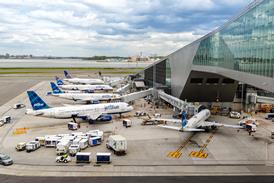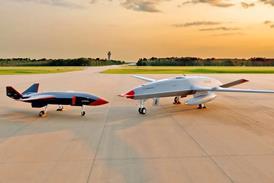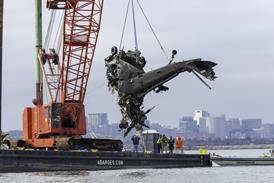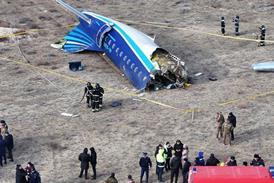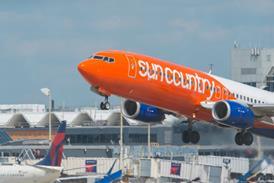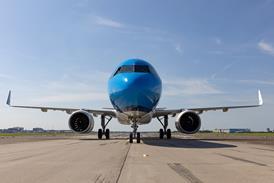US investigators found a number of flaws in the right-hand engine of a Boeing 737-800 which caught fire at Denver after a diversionary landing, having exhibited vibration during flight.
The fire in the CFM International CFM56 powerplant ensued after the American Airlines jet had taxied to a gate and the crew had shut down both engines.
Passengers and crew subsequently evacuated. Of the 178 occupants, 12 passengers suffered minor injuries during the 13 March occurrence, and the aircraft was substantially damaged.
Examination of the affected engine revealed that, while all the fan blades were present, one had a fracture in the blade platform.
Problems were also observed in the variable stator vane system. The vanes adjust their position – through actuators driven by pressurised fuel – to optimise high-pressure compressor performance.
But inspection found that an actuator rod end was “incorrectly fastened and secured” to the vane actuator, allowing fuel to leak from the fitting, says the National Transportation Safety Board.
Its preliminary findings state that the lockwire of a fuel fitting on the variable stator vane was “loose and installed in the incorrect direction”. The inquiry adds that a linkage in a vane component was fractured, and the examination also found drain line blockage in part of a thrust-reverser.
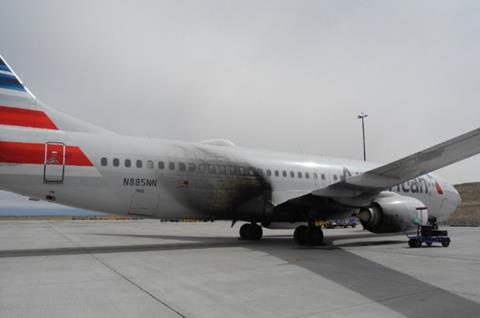
Investigators have yet to reach conclusions about the event. Maintenance records for the engine are under review and a number of components have been retained for further analysis.
The crew had received an exhaust gas over-temperature warning for the right-hand engine as aircraft departed Colorado Springs for Dallas.
Although the crew reduced power slightly to keep the temperature within limits, they also noted indications of high vibration, and opted to divert to Denver.
After landing the aircraft took about 5min to taxi to the gate.
Video from Denver airport operations showed a “trail of fluid” leaking from beneath the right engine’s nacelle during the taxi, says the inquiry.
It adds that the evacuation was initiated when fire broke out, after the aircraft had reached the gate and the crew had shut down both engines. Ramp personnel extinguished the fire, just before the arrival of three firefighting vehicles.



